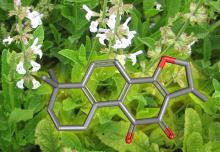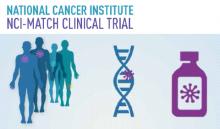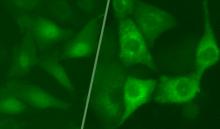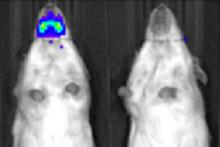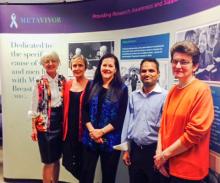Natural Product Shows Effectiveness in Combating Colorectal Cancer
An herbal extract used for centuries to prevent heart disease has now been shown to be effective against colorectal cancer when tested in laboratory cell cultures.
Scientists from NCI at Frederick found that the natural extract cryptotanshinone (CPT) stops the uncontrolled cell growth characteristic of cancer by interfering with a protein that has been implicated in several cancers, including those of the colon and rectum. The results appear in the journal Molecular and Cellular Biochemistry.


